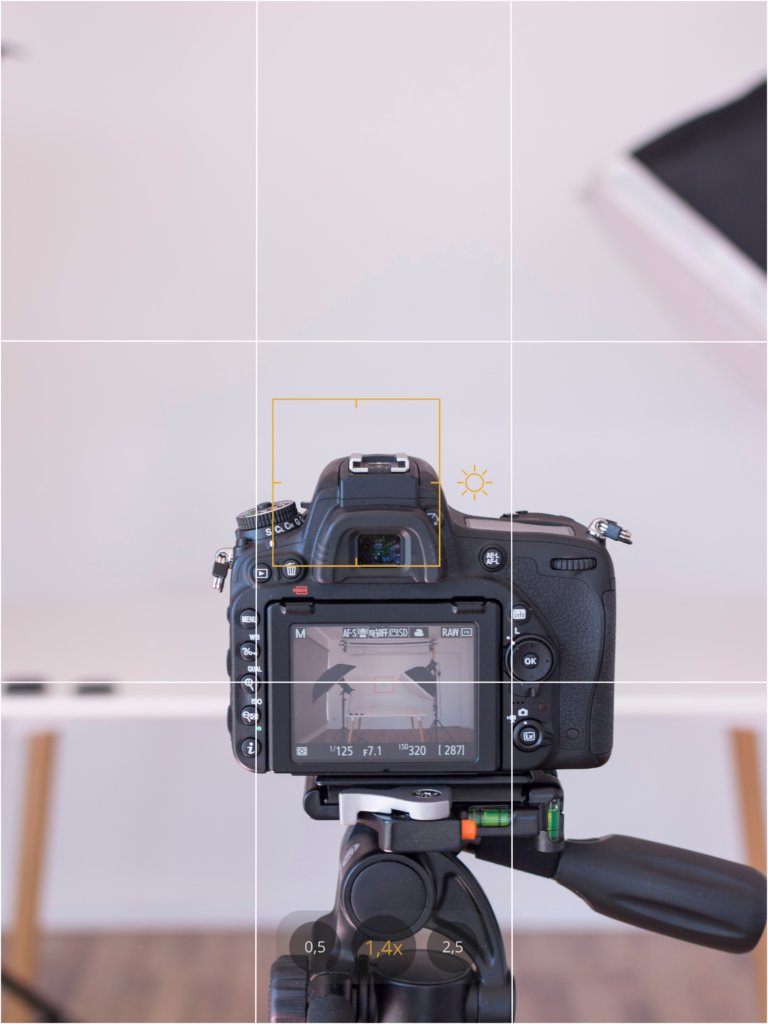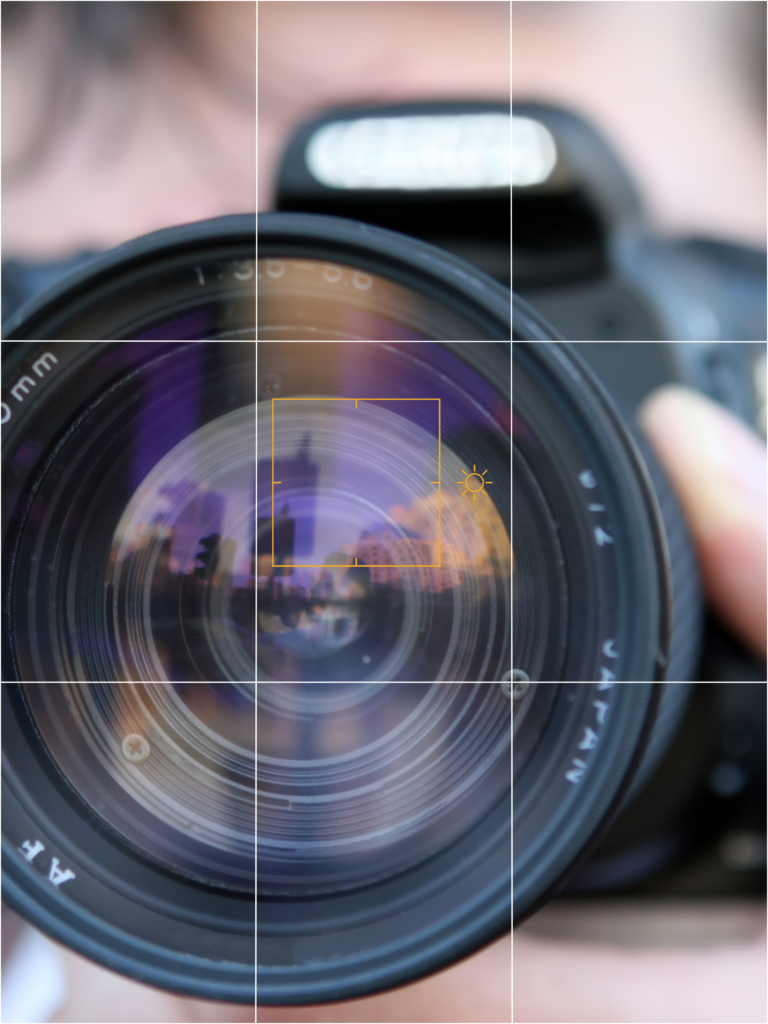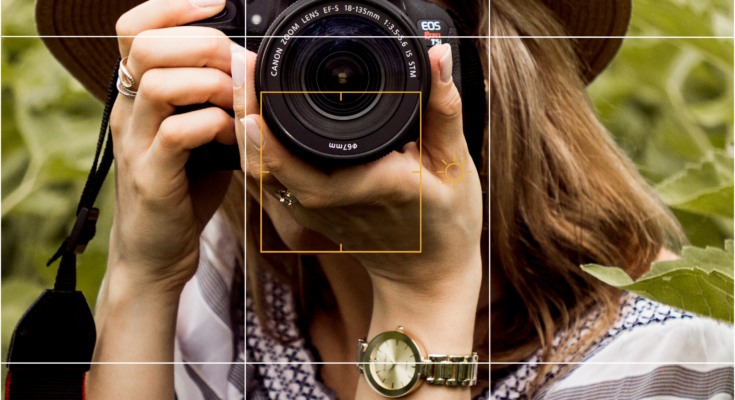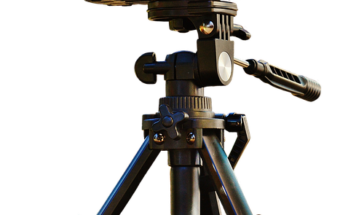Introduction:
In the world of photography, understanding your camera’s modes and settings is akin to wielding a painter’s brush with mastery. Each mode and setting is a tool that empowers photographers to capture scenes with precision, creativity, and the desired artistic flair. Whether you’re a novice or a seasoned pro, comprehending these fundamentals is essential to unlocking the full potential of your camera. Let’s embark on a journey to demystify the intricate realm of camera modes and settings.
Table of contents
Automatic Mode:
Automatic mode, often marked with a green rectangle icon, is the go-to setting for beginners. In this mode, the camera makes all the decisions regarding exposure, focus, white balance, and other settings. While it offers convenience, it limits creative control and understanding of photography principles. Nonetheless, it serves as a starting point for novices to familiarize themselves with their camera’s capabilities.
Program Mode (P):
Program mode strikes a balance between automation and manual control. Here, the camera selects the aperture and shutter speed, while allowing users to adjust other settings like ISO, exposure compensation, and white balance. It provides more flexibility than automatic mode, enabling photographers to tailor settings according to their preferences while still relying on the camera’s automated functions.

Aperture Priority Mode (A or Av):
In aperture priority mode, photographers dictate the desired aperture, and the camera adjusts the shutter speed accordingly to achieve proper exposure. Aperture controls the depth of field, influencing how much of the scene is in focus. Widening the aperture (lower f-stop number) results in a shallower depth of field, ideal for portraits and macro photography, while narrowing the aperture (higher f-stop number) increases depth of field, suitable for landscapes and group shots.
Shutter Priority Mode (S or Tv):
Shutter priority mode grants photographers control over shutter speed, allowing them to freeze action or create motion blur effects. By selecting a faster shutter speed, moving subjects appear sharp and frozen in time, ideal for sports and wildlife photography. Conversely, a slower shutter speed captures motion blur, conveying a sense of movement in subjects like flowing water or passing cars.
Manual Mode (M):
Manual mode offers complete control over all camera settings, requiring photographers to adjust aperture, shutter speed, ISO, and other parameters independently. While daunting for beginners, manual mode provides unparalleled creative freedom and fosters a deeper understanding of photography fundamentals. It’s favored by professionals for its precision and adaptability in challenging lighting conditions.
ISO Sensitivity:
ISO sensitivity determines the camera’s sensor’s responsiveness to light. A lower ISO (e.g., ISO 100) produces images with minimal noise but requires more light, suitable for bright outdoor scenes. Conversely, a higher ISO (e.g., ISO 1600) increases sensitivity, allowing for better performance in low-light environments but may introduce graininess or noise to the image.
White Balance:
White balance ensures accurate color reproduction by compensating for different lighting conditions. Common presets include daylight, cloudy, shade, tungsten, fluorescent, and auto white balance. Additionally, custom white balance allows users to manually calibrate settings based on specific lighting scenarios, ensuring natural-looking colors in every shot.
Exposure Compensation:
Exposure compensation enables photographers to adjust the camera’s automatic exposure settings to achieve the desired brightness level. It’s particularly useful in challenging lighting situations where the camera’s metering may be inaccurate, such as high-contrast scenes or backlit subjects.

Conclusion:
Mastering camera modes and settings is an ongoing journey that requires practice, experimentation, and a keen eye for detail. Whether you’re capturing breathtaking landscapes, candid portraits, or dynamic action shots, understanding how to harness your camera’s capabilities empowers you to unleash your creativity and tell compelling visual stories. So, grab your camera, explore its modes and settings, and embark on a captivating photographic adventure. With each click of the shutter, you’re one
One of the most popular types of filters is the polarizing filter, which is used to reduce reflections and glare, resulting in richer colors and deeper contrast, particularly in landscape photography. Neutral density (ND) filters, on the other hand, are invaluable for controlling exposure in bright conditions, allowing photographers to achieve long exposure effects even in broad daylight.
Creative filters such as graduated ND filters and color filters provide artists with even more options to experiment with light and mood, while specialty filters like star filters and prism filters add a touch of whimsy and surrealism to images, elevating them from mundane to magical.
Lenses: The Window to Alternate Realities
Lenses are the eyes through which the camera sees the world, and the choice of lens can dramatically alter the perspective and visual impact of an image. From the wide-angle distortion of a fisheye lens to the creamy bokeh of a prime lens, each type of lens brings its own unique character to the table, opening up endless creative possibilities.
Editing: Crafting the Final Masterpiece
In the digital age, the art of photography doesn’t end with the click of the shutter. Post-processing has become an integral part of the creative process, offering photographers and videographers the ability to fine-tune their images and imbue them with their unique artistic vision.

But editing isn’t just about fixing mistakes or enhancing technical aspects—it’s also a means of creative expression in its own right. From stylized color grading to surreal composites, the possibilities are limited only by the artist’s imagination. With the rise of social media platforms like Instagram and Tikor, where visual content reigns supreme, editing has become a powerful tool for storytelling and self-expression, allowing creators to share their unique perspectives with the world.
Conclusion
In the ever-evolving landscape of visual media, filters, lenses, and editing software continue to push the boundaries of creativity, enabling artists to explore new realms of expression and bring their visions to life in ways never before possible. Whether it’s the subtle manipulation of light with a polarizing filter, the otherworldly perspective of a fisheye lens, or the transformative magic of digital editing, these tools empower creators to transcend reality and craft images that captivate, inspire, and evoke emotion. So, pick up your camera, experiment fearlessly, and let your creativity soar.



